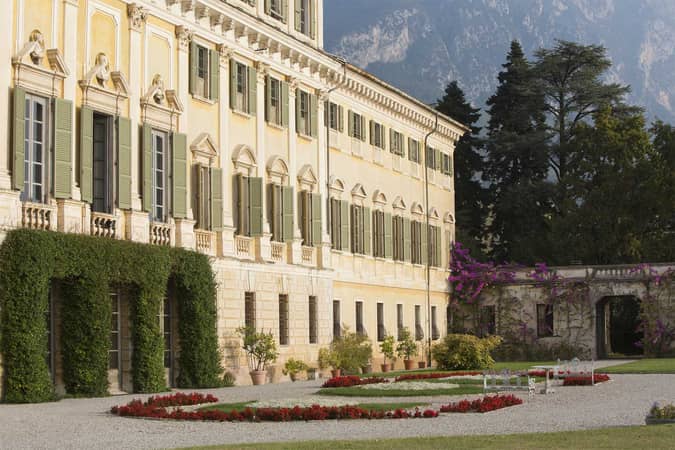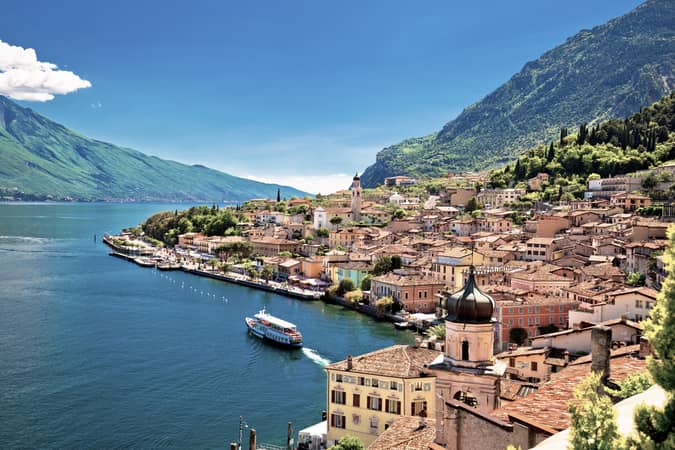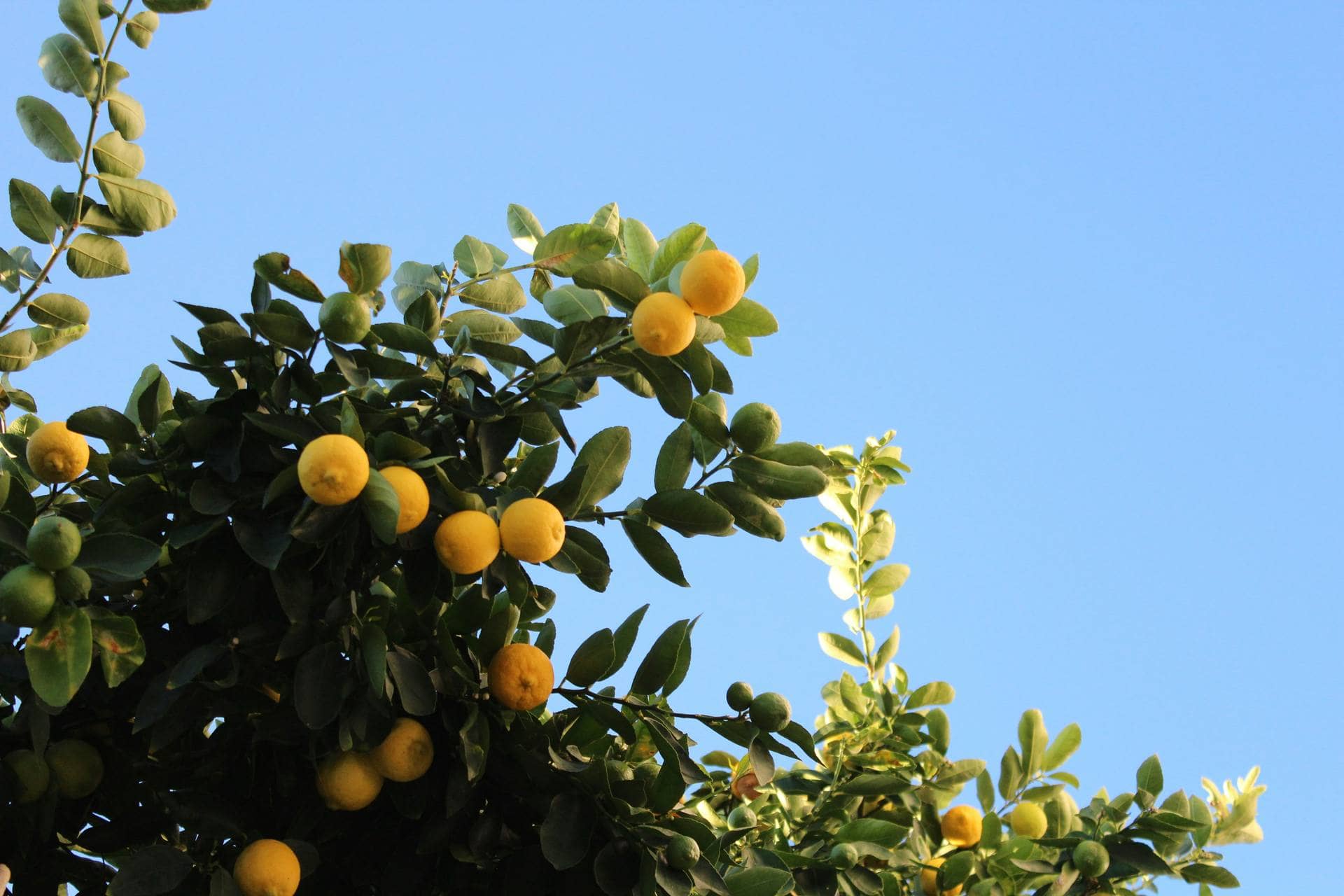
At 46° north latitude, Garda once represented the northernmost area in the world where citrus fruits were grown.
The Mediterranean climate allowed the rise of this centuries-old cultivation, which is also rooted in the hard work of local farmers. In winter, in fact, the plants were protected from the bad weather and colder temperatures by sheets of glass that complemented monumental greenhouses made of bricks.
According to tradition, citrus fruits were introduced on Lake Garda in the 14th century by the friars of the Gargnano convent of St. Francis, who erected the first lemon houses on the Brescian shore. Limone thus became "the town of lemons" and its characteristic landscape began to appear in the headlines.
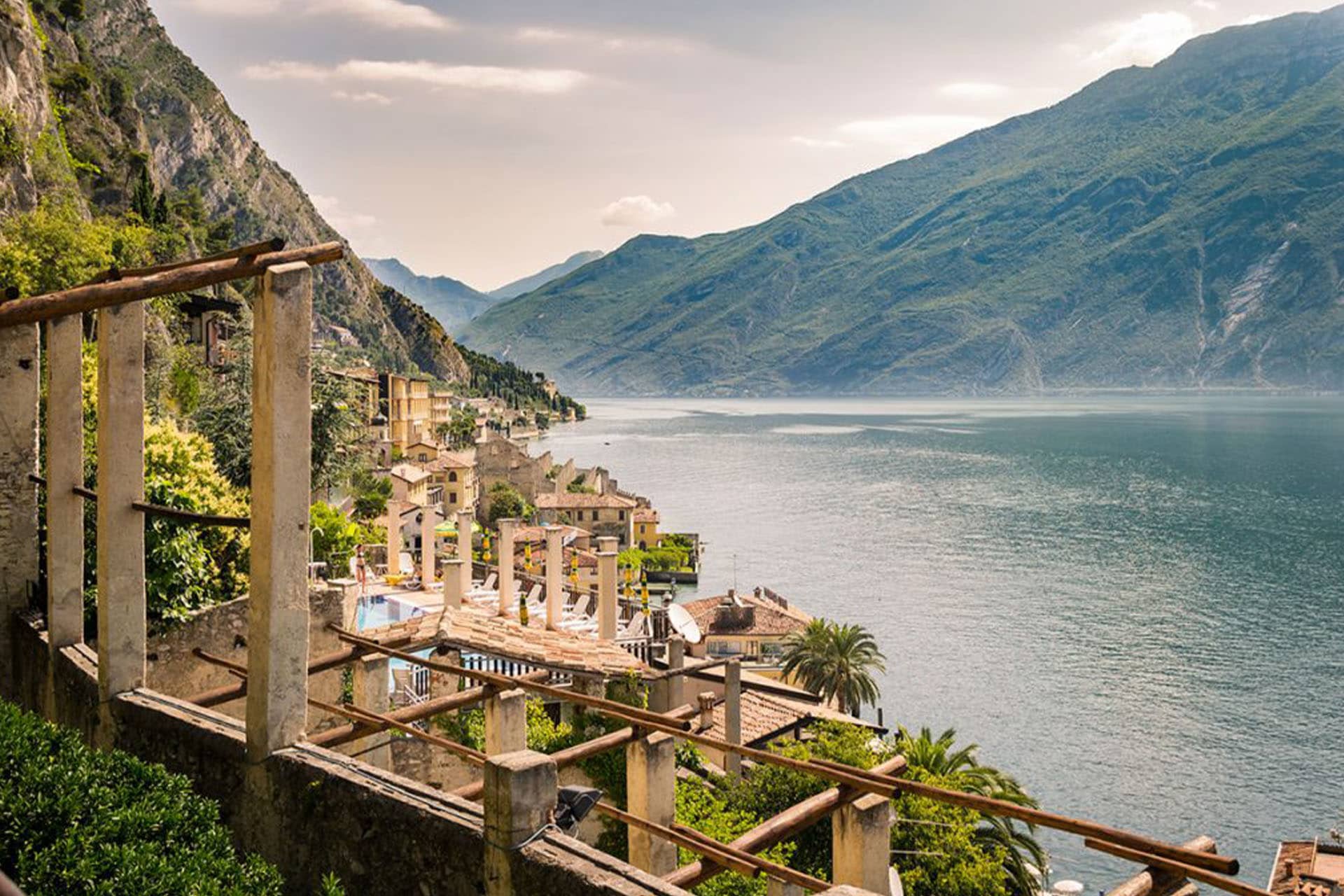
The first known testimony is from 1599, included in the "Historia della Riviera di Salò" by Grattarolo, who wrote: "Before there was any factory, there were plants of lemons: whenever the boatmen occasionally retired there to shelter from the fury of the wind, they used to say at the lemon.
Goethe also wrote of the lemon houses, in his "Journey to Italy": "We passed Limone whose gardens arranged in terraces and planted with lemons, have a rich and beautiful look. The garden consists of rows of white square columns, which stand at some distance from each other and extend up the mountain as a staircase. On these columns are placed strong beams to cover the plants during the winter."
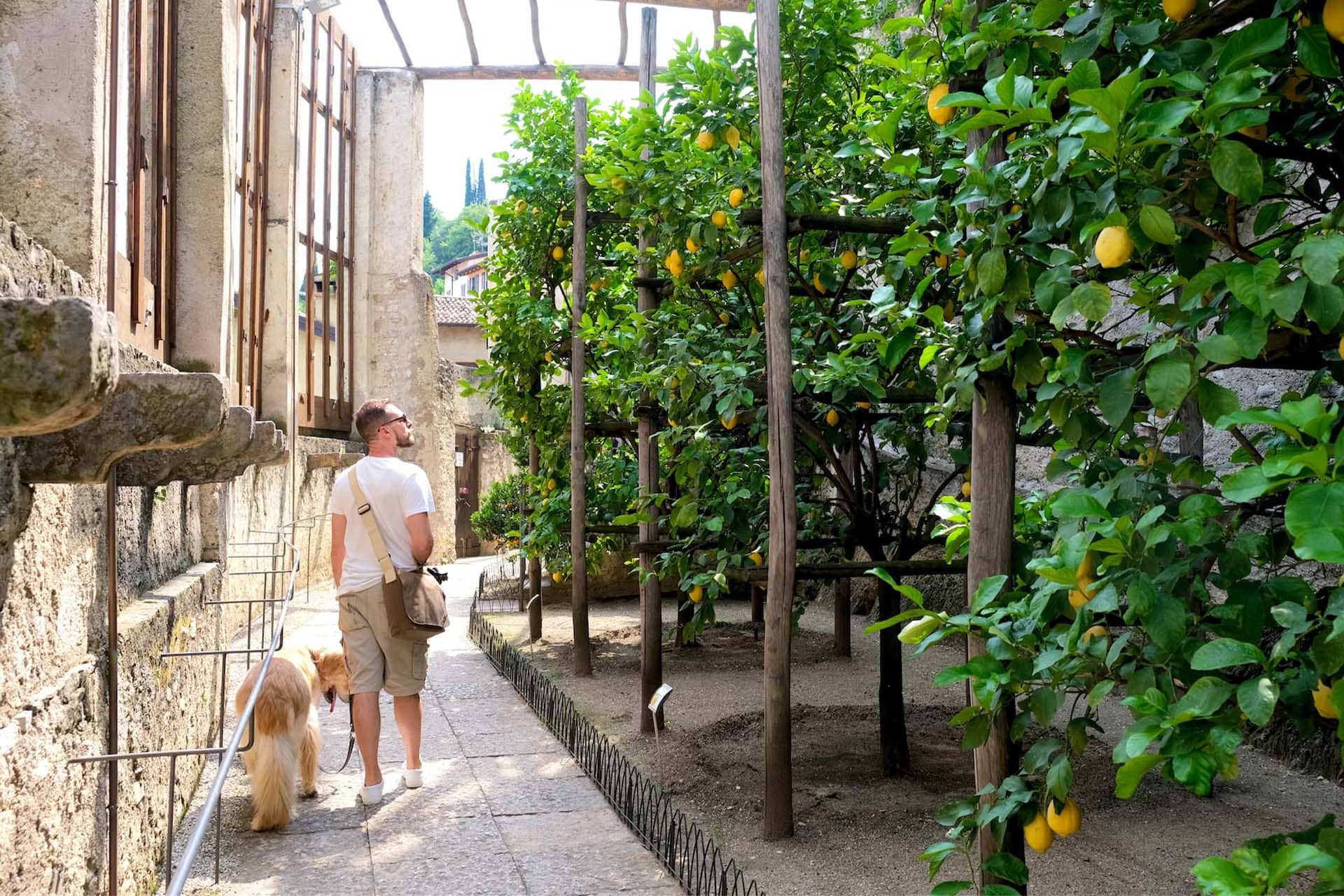
During the following centuries, due to competition from citrus fruits from southern regions, the Great War and the increasingly cold winters, lemon cultivation on Lake Garda suffered a definitive setback.
Today, the lemon houses serve only the needs of the residents but remain a testament to the great efforts of the citizens and one of the most popular tourist destinations.
We at Horstmann Hotels recommend a visit to the Limonaia del Castel, which, for a small fee, will open its doors telling you about this hidden and fascinating part of history.
